
Categories
Resource Types
CCSS
Speaking & Listening
Language
Reading
Developing Child with Unilateral hearing Loss - Audiologist Discussion Guide After Diagnosis
$ 12
This step‐by‐step guide has been developed to share with families after unilateral hearing loss has been diagnosed, typically in infancy secondary to identification through newborn hearing has been di
...
n diagnosed, typically in infancy secondary to identification through newborn hearing screening. Designed for use by pediatric or educational audiologists. The guide reviews background information regarding what is known about the effects of hearing loss in one ear on child development. It is divided into suggested sections to correspond with pediatric audiology appointments and with home visits by an early interventionist (teacher of the deaf/hard of hearing or speech language pathologist).
Developing Child with Unilateral hearing Loss - Early Interventionists
$ 19
This step‐by‐step guide has been developed to share with families after unilateral hearing loss has been diagnosed, typically in infancy secondary to identification through newborn hearing screening.
...
ng. The guide reviews background information regarding what is known about the effects of hearing loss in one ear on child development. It is divided into suggested sections to correspond with pediatric audiology appointments and with home visits by an early interventionist (teacher of the deaf/hard of hearing or speech language pathologist). Three is a focus on language and social development and a trial with amplification.
What we Know about Why Children Reject Amplification Devices
$ 1
This information reviews research findings that provide insight on which students are more likely to refuse to wear their hearing amplification and reasons why.
Age 0-3 - Early Attachment - Building Self-Confidence & Resilience
$ 250
For ages 0-3 years: This information addresses bonding and identification, initiation and early intervention, autonomy and supporting independence in putting on hearing devices. Includes teaching mate
...
rials for use by/with families. The purpose of this book is to raise awareness for the reasons why hearing device rejection happens and specific instruction to occur at different ages to build student resilience and self-confidence, thereby increasing the likelihood that they will not reject using their hearing technology. Specific teaching activities and recommendations for instructional materials to develop identified skills have been included in this Guide.
Age 4-6 - Metacognitive Awareness - Building Self-Confidence & Resilience
$ 6
For ages 4-6 years: This information addresses students recognizing that they have a hearing loss, understanding feelings, learning expected class listening behaviors, remembering what was heard via s
...
ubvocalization skills, responding to teasing, making friends. The purpose of this book is to raise awareness for the reasons why hearing device rejection happens and specific instruction to occur at different ages to build student resilience and self-confidence, thereby increasing the likelihood that they will not reject using their hearing technology. Specific teaching activities and recommendations for instructional materials to develop identified skills have been included in this Guide.
Key Points for Administrators and School Staff
$ 095
This resource discusses key point for administrators and school staff regarding the educational needs of students with hearing loss in regard to the realities of hearing device use and what educators
...
can do, including extra knowledge and skills, daily classroom needs, and social interaction issues. Separate handouts for teachers of students in early elementary and those in upper elementary and secondary grades. The information also includes evidence-based decision-making for access accommodations for students with hearing loss which focuses on the requirements of Title II of the ADA and the school's responsibility to identify appropriate communication access accommodations for every situation encountered in school. Worksheet to be used for team discussion of access needs is included.
Building Self-Confidence & Resilience to Maximize Acceptance of Hearing Devices (book)
$ 14
A significant proportion of students with hearing loss refuse to use hearing technology necessary for their educational access, often because they feel as though they do not fit in to their peer group
...
. The purpose of this book is to raise awareness for the reasons why hearing device rejection happens and specific instruction to occur at different ages to build student resilience and self-‐confidence, thereby increasing the likelihood that they will not reject using their hearing technology. Specific teaching activities and recommendations for instructional materials to develop identified skills have been included in this Guide.
Impact of Hearing Loss on Listening, Learning and Social Interactions handouts
$ 595
The Impact of Hearing Loss on Listening, Learning, and Social Interactions handouts are to be used to inservice school staff, increase understanding of families, and as a tool for student learning reg
...
arding the impact of hearing loss on speech perception and school needs. The handouts are appropriate to children and youth with primarily flat configuration hearing loss ranging from 26dB - 75dB. Different ranges of hearing are addressed in the 4 handouts to reflect unaided hearing ability or aided hearing thresholds. Estimates of specific speech sounds and audibility for quiet, conversational, and teacher speech are provided. Includes inservice resources with visual analogies for background noise, reverberation, and comprehension challenges.
Preschool SIFTER - Screening Instrument For Targeting Educational Risk – FILLABLE
$ 10
The
Preschool Screening Instrument For Targeting Educational Risk (SIFTER) was
created as a tool to screen the functional performance of students with
hearing loss in preschool through ki
...
ndergarten (ages 3-6). It includes a scoring grid to identify
areas of concern. FILLABLE version. User's manual is at S0XASM1285. Part of the fillable SIFTER Bundle
#1289.
Instructional Access: Barriers & Adaptations
$ 2
This extensive handout describes instructional access needs of students with hearing loss and the many barriers that may interfere with learning. It specifies critical access issues to consider in the
...
classroom, evaluation techniques, and strategies for improving access across specific instructional areas such as classroom directions, figurative language, class participation, etc. A great reference for anyone working with students who are deaf or hard of hearing or use as a discussion-based group learning activity among DHH professionals.

 Your browser is out of date. For best experience switch to latest updated Browser.
Your browser is out of date. For best experience switch to latest updated Browser.
 Get Chrome
Get Chrome Get Edge
Get Edge Get Firefox
Get Firefox
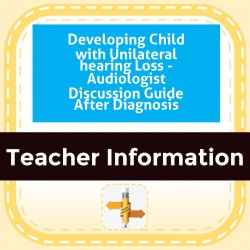
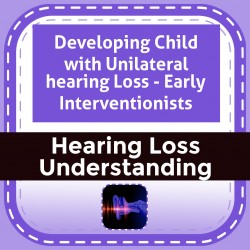
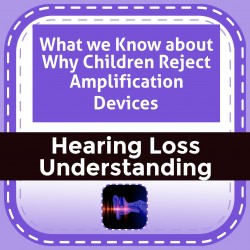
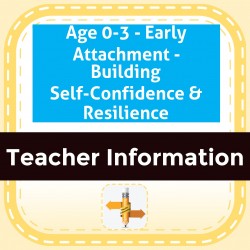
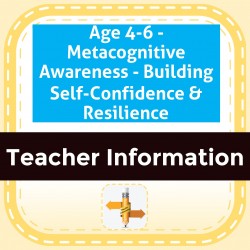

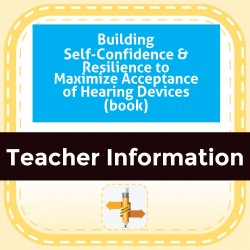
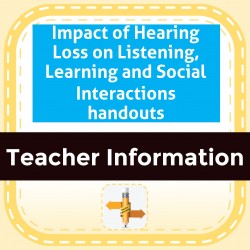
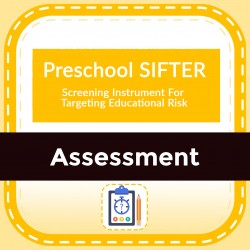
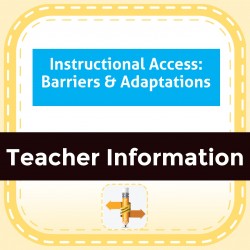


 You MUST include an email contact and phone number on your PO. Some of our products are downloadable only and delivered via email. Not including an email address will prevent delivery.
You MUST include an email contact and phone number on your PO. Some of our products are downloadable only and delivered via email. Not including an email address will prevent delivery.